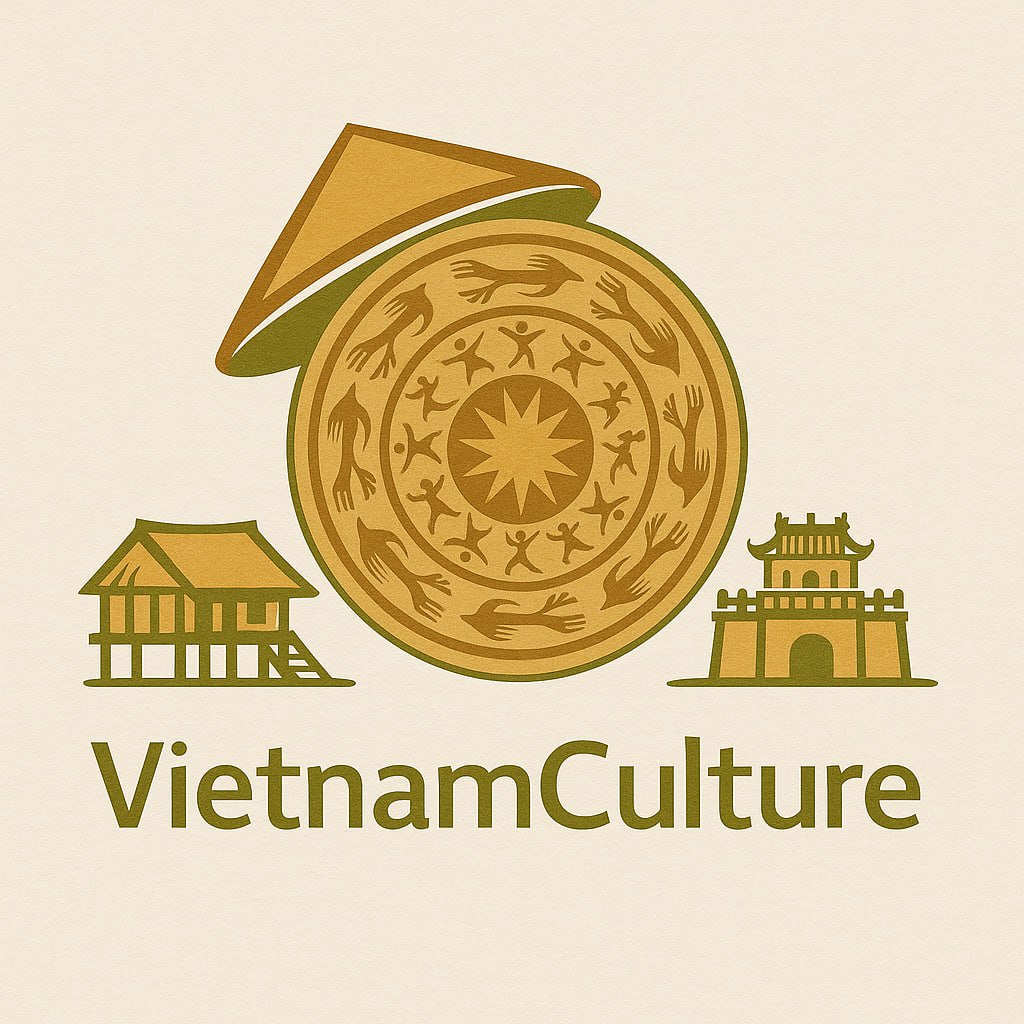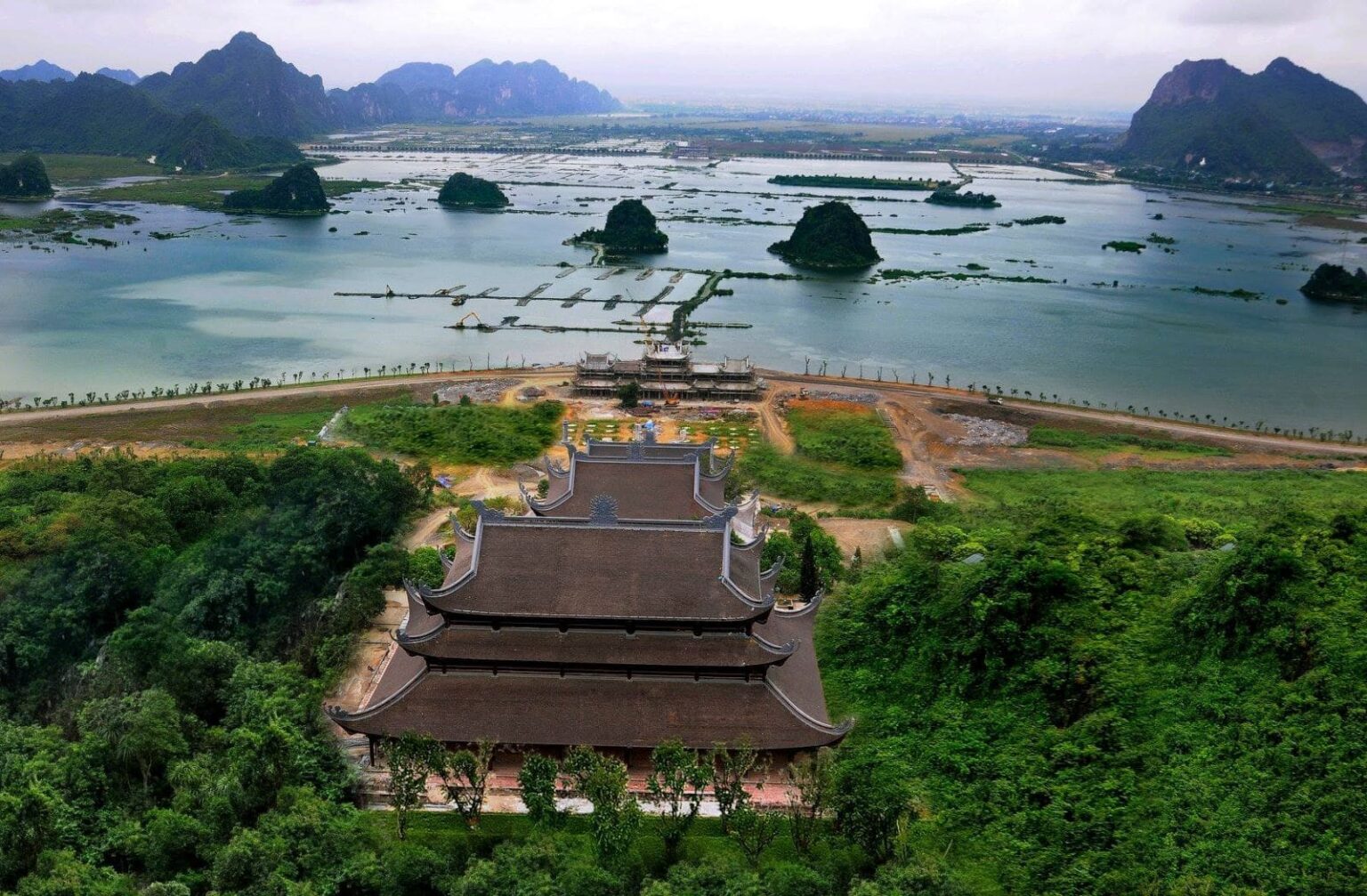Vietnamese spirituality is not simply a belief system or a religion — it’s a way of life. Deeply rooted in history, shaped by nature, and passed through generations, it continues to guide the thoughts, emotions, and cultural behaviors of the Vietnamese people. For travelers, Vietnamese spirituality offers a unique window into a nation’s soul — where reverence for ancestors, harmony with nature, and belief in the sacred are woven into everyday living.
In this article, we explore the essence of Vietnamese spirituality, its major influences, diverse practices, and sacred places that showcase the richness of this intangible cultural heritage.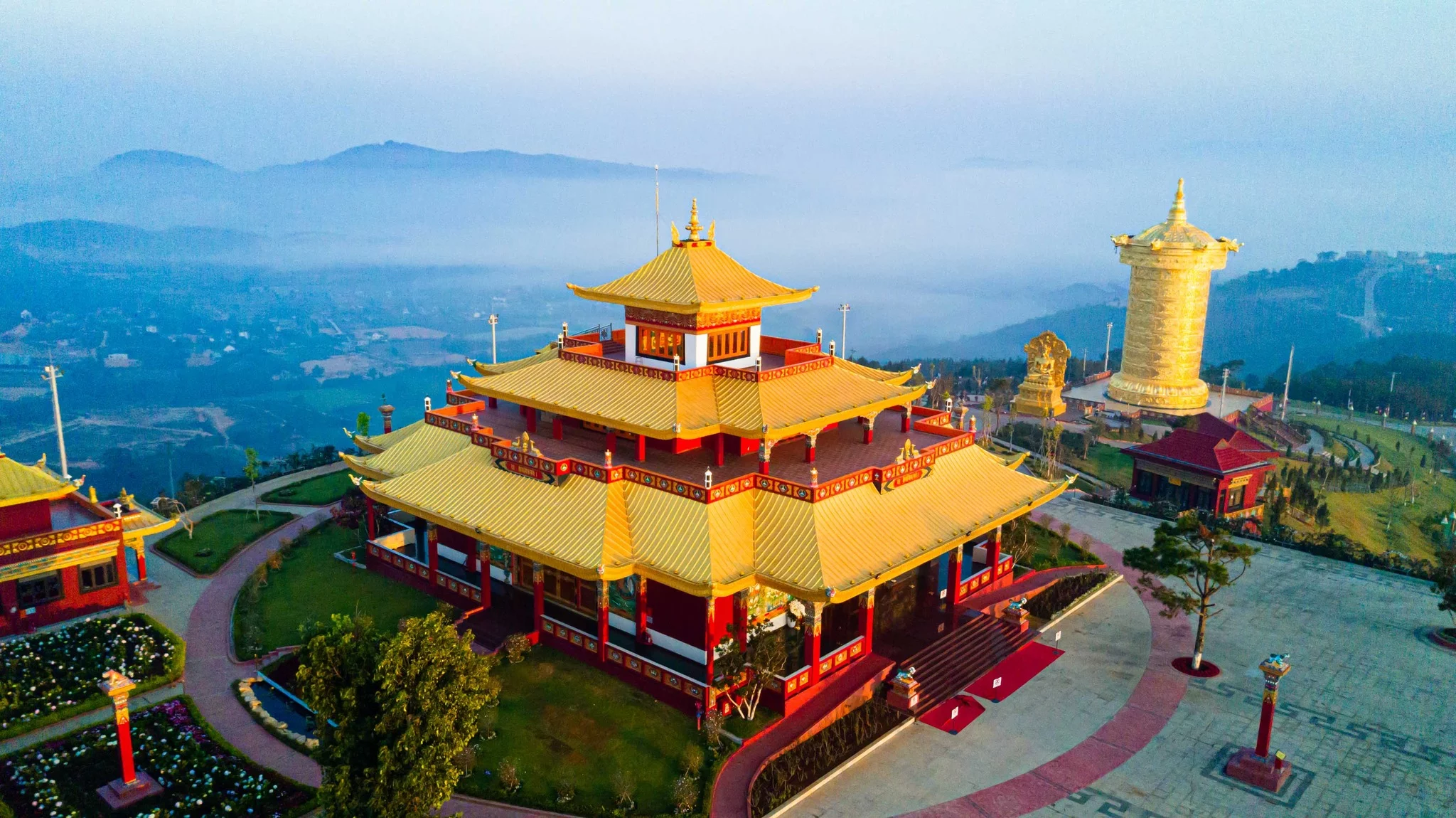
What Is Vietnamese Spirituality?
Vietnamese spirituality is a complex and deeply layered cultural phenomenon that reflects the nation’s collective belief in the sacred. It combines indigenous beliefs, major religions, and philosophies such as Buddhism, Taoism, Confucianism, ancestor worship, and animism, all adapted to suit the Vietnamese worldview.
Rather than being confined to formal religion, spirituality in Vietnam permeates daily life — from family altars in homes to grand festivals, from mountain pagodas to urban temples, and from whispered prayers to elaborate rituals.
Vietnamese spirituality is:
- Inclusive rather than exclusive
- Ritualistic rather than dogmatic
- Cultural as much as religious
- A spiritual bridge between the living and the dead
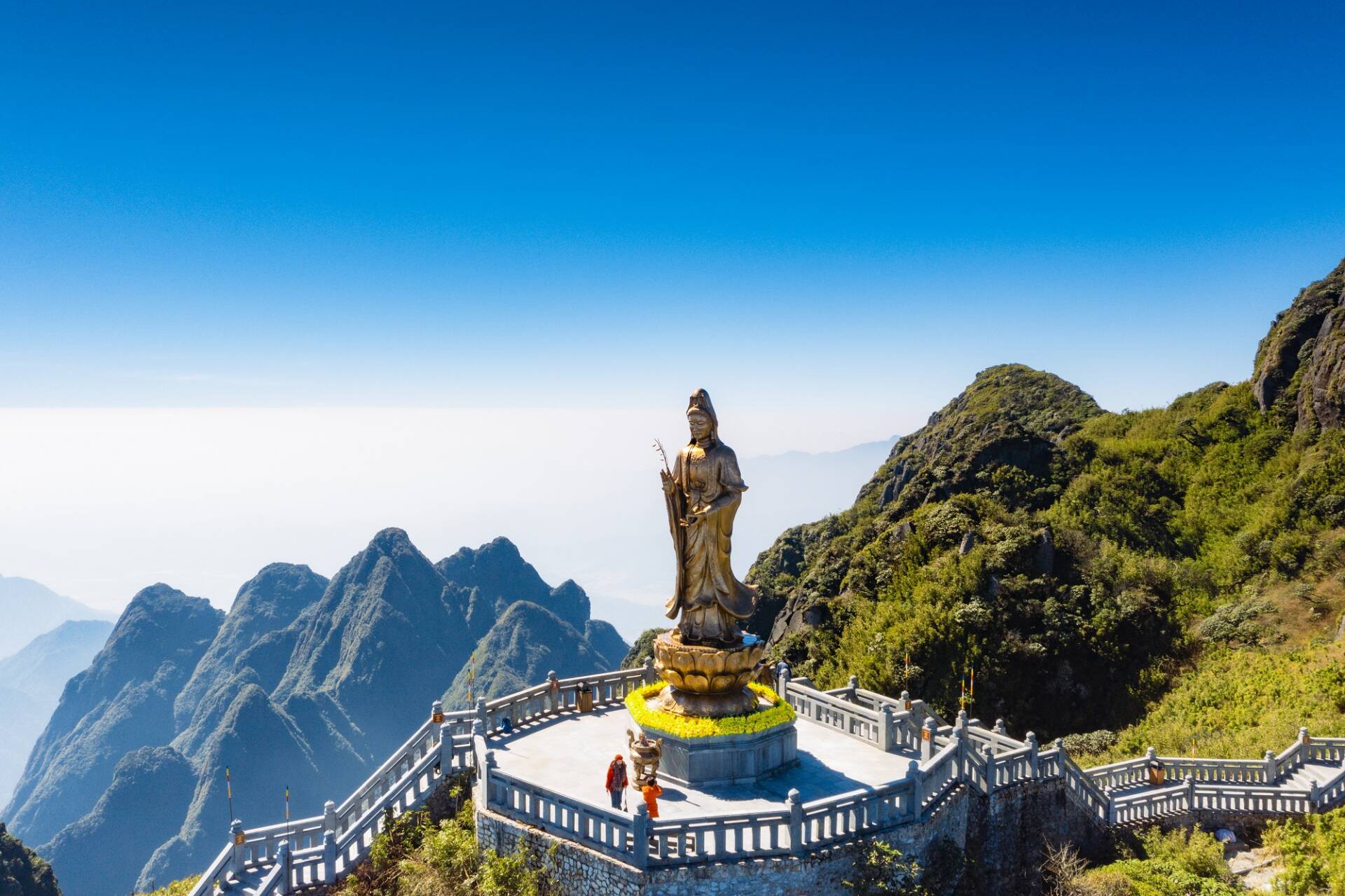
Historical Roots of Vietnamese Spirituality
Vietnam’s spiritual landscape has evolved over thousands of years, shaped by indigenous practices and foreign influences.
1. Indigenous Animism and Ancestor Worship
Long before Buddhism and Confucianism arrived, ancient Vietnamese communities practiced animism — the belief that spirits reside in natural objects like rivers, trees, and mountains. These beliefs laid the groundwork for ancestor worship, which remains central to Vietnamese spirituality today.
2. Confucianism and Taoism
Imported from China during periods of historical contact, Confucian values — respect for elders, social harmony, filial piety — merged with Taoist cosmology (yin-yang, Five Elements) and added philosophical depth to local beliefs.
3. Buddhism
Introduced as early as the 2nd century, Buddhism, particularly Mahayana Buddhism, became the most practiced religion in Vietnam. It added compassion, mindfulness, and karma to the spiritual equation.
4. Christianity and Islam
Christian missionaries brought Catholicism in the 16th century, and Islam arrived through trade in southern regions. These faiths coexist with Vietnamese traditions, especially in multi-ethnic areas.
5. Modern Syncretism
Vietnamese spirituality today is a blend of all these influences — uniquely Vietnamese in its expression and fluid in its practices.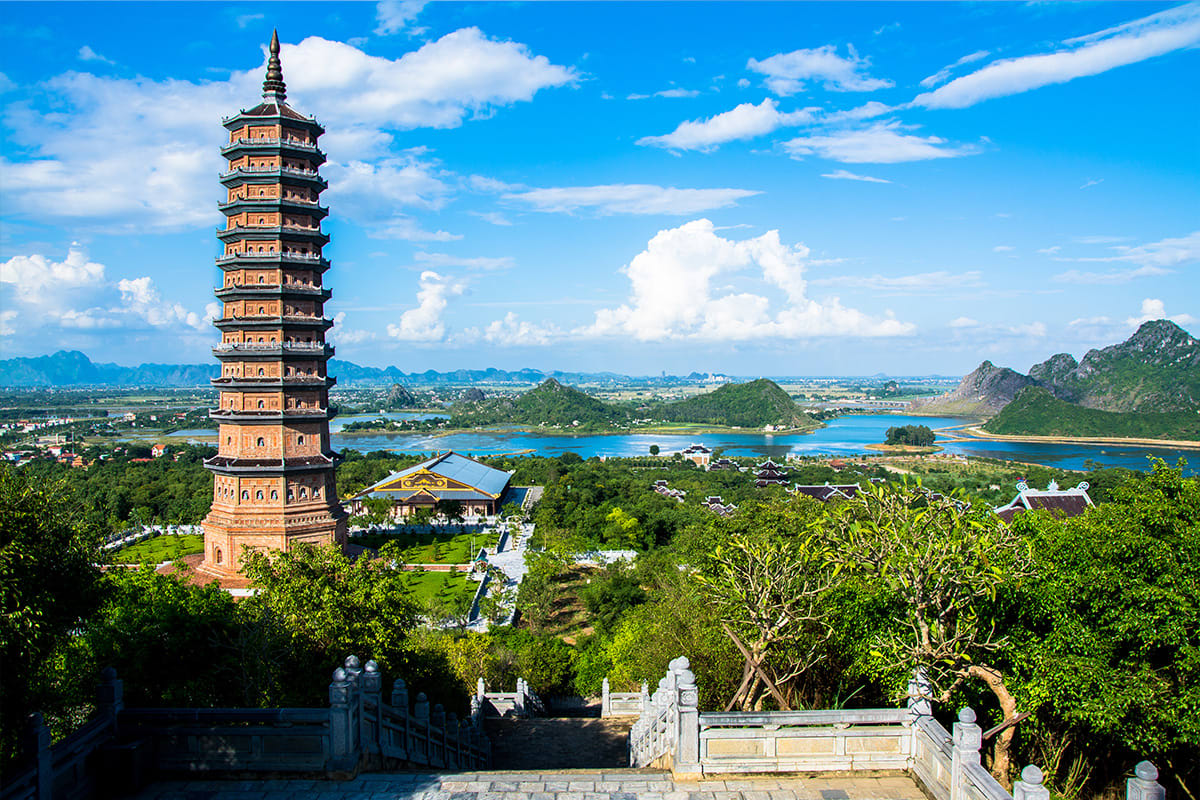
Key Elements of Vietnamese Spirituality
✦ Ancestor Worship
No element defines Vietnamese spirituality more than the worship of ancestors. Almost every Vietnamese household has a family altar, where incense is burned, offerings are made, and prayers are spoken to honor deceased family members. This practice reinforces values of loyalty, remembrance, and family continuity.
Common rituals include:
- Incense offerings on death anniversaries
- Cleaning ancestral graves during festivals
- Prayers during Lunar New Year (Tết)
✦ Spirit Belief and Animism
Spirits — both benevolent and mischievous — are believed to inhabit homes, natural landscapes, and even businesses. Locals perform rituals to appease these spirits or seek their protection.
For example:
- Land-opening ceremonies when building homes
- Offerings to the Kitchen Gods before Lunar New Year
- Spirit mediums channeling deities in rituals like Hầu đồng
✦ The Worship of National Heroes and Saints
Vietnamese spirituality elevates historical figures — warriors, emperors, and revolutionaries — to the status of gods or saints. Temples and shrines are built to honor them, and they are prayed to for guidance, protection, or inspiration.
Examples:
- Tran Hung Dao, the general who repelled Mongol invasions
- The Trung Sisters, heroines of Vietnamese independence
- Vo Thi Sau, a young martyr of the anti-colonial struggle
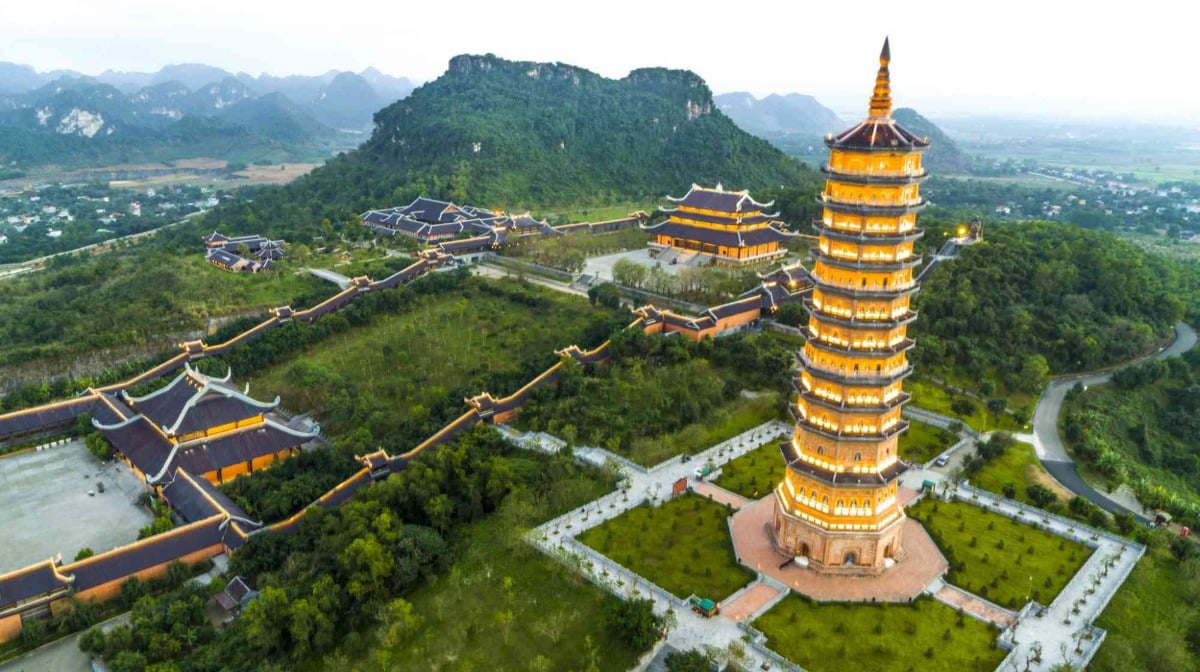
Major Religious and Spiritual Traditions
1. Buddhism
As the most prominent spiritual tradition, Buddhism in Vietnam is practiced in temples, meditation centers, and homes. Vietnamese Buddhists celebrate major holidays like Vesak (Buddha’s birthday), engage in vegetarian fasting, and visit pagodas for blessings.
Famous Buddhist sites:
- Yen Tu Mountain (Quang Ninh) – Cradle of Truc Lam Zen Buddhism
- Bai Dinh Pagoda (Ninh Binh) – Largest Buddhist complex in Southeast Asia
- Linh Ung Pagodas (Da Nang) – Overlooking ocean and city
2. Taoism
Though less visible, Taoist principles like energy balance, yin-yang, and elemental harmony influence Vietnamese medicine, architecture, and fortune-telling.
- Feng Shui is often consulted for home layouts
- Fortune-tellers guide individuals on auspicious dates and decisions
3. Catholicism
Vietnam is home to over 7 million Catholics, making it one of the largest Catholic populations in Asia. While centered in the north and south, Catholicism blends with Vietnamese customs in unique ways.
Popular Catholic sites:
- Phát Diệm Cathedral (Ninh Binh) – Fusion of Eastern and Gothic architecture
- La Vang Sanctuary (Quang Tri) – Pilgrimage site for Marian devotion
4. Đạo Mẫu – Mother Goddess Worship
Recognized by UNESCO in 2016, Đạo Mẫu is a uniquely Vietnamese spiritual system centered on female deities and the sacred feminine. Its rituals are colorful, musical, and theatrical — featuring spirit possession, costumes, and storytelling.
- Deities include Princess Lieu Hanh, Lady Chúa Xứ, and Mother Earth
- Hầu đồng is a trance ritual where mediums embody the spirits

Vietnamese Festivals with Spiritual Significance
Vietnamese spirituality shines brightest during festivals. These are more than celebrations — they are spiritual experiences with deep historical roots.
✹ Tết Nguyên Đán (Lunar New Year)
- The most important holiday
- Honoring ancestors, warding off bad luck, and praying for prosperity
✹ Mid-Autumn Festival (Tết Trung Thu)
- Celebrates the moon, harvest, and family reunion
- Offers prayers for children and gratitude for abundance
✹ Hung Kings Festival (Giỗ Tổ Hùng Vương)
- Commemorates the legendary founders of Vietnam
- Pilgrimages to Phu Tho Province to pay respect
✹ Vu Lan (Ghost Festival)
- Equivalent of All Souls’ Day
- Honors deceased parents and spirits in need of compassion
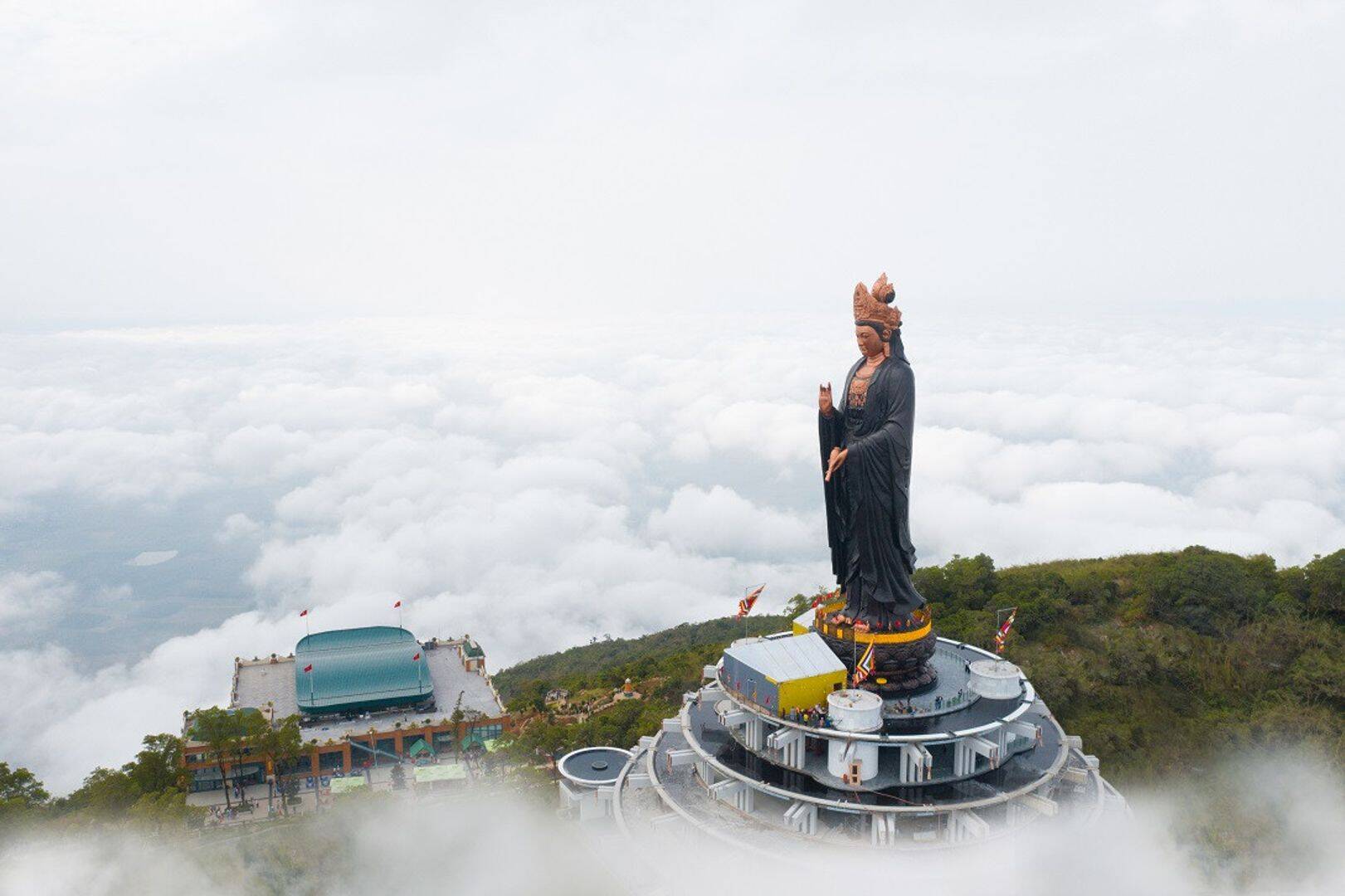
Sacred Places Reflecting Vietnamese Spirituality
- Yen Tu Mountain – Pilgrimage site for Buddhist monks and spiritual climbers
- Bai Dinh Pagoda – Statues, bell towers, and endless prayer halls
- Perfume Pagoda (Chùa Hương) – River journey through limestone cliffs to a sacred cave
- Tam Chuc Pagoda – A tranquil fusion of spirituality and architecture
- Con Dao Islands – Grave of martyr Vo Thi Sau, known for spiritual offerings
- Chùa Thiên Mụ (Hue) – Iconic riverside pagoda with deep Zen roots
How Vietnamese Spirituality Shapes Daily Life
Even in modern cities like Hanoi and Ho Chi Minh City, spirituality thrives:
- Office buildings have God of Wealth altars
- Motorbike riders tie lucky charms on their mirrors
- Businesses open with blessing ceremonies
- Locals avoid “unlucky” days based on the lunar calendar
This everyday spirituality fosters harmony, gratitude, and resilience — the spiritual glue that binds Vietnamese communities together.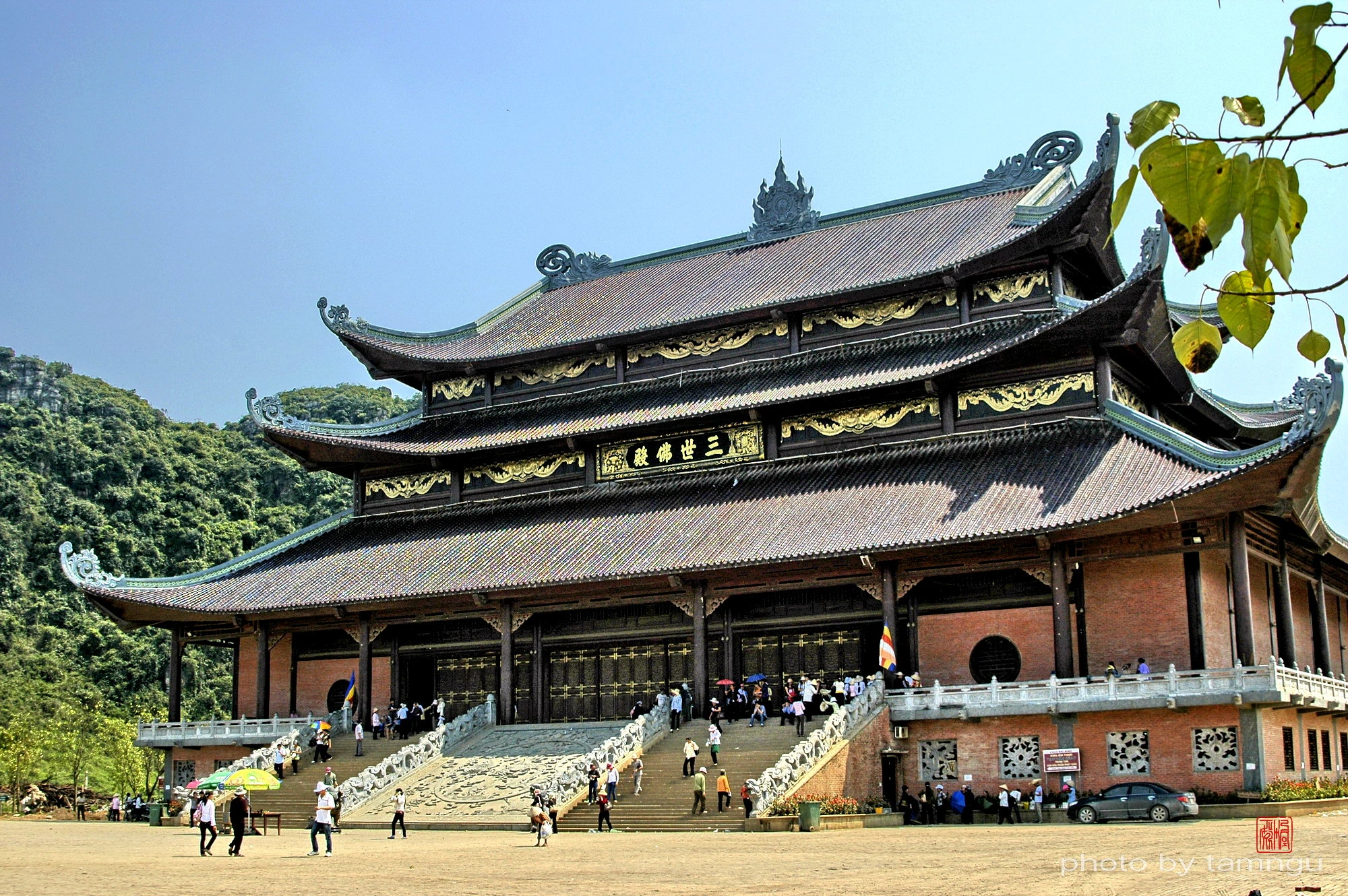
For Foreign Travelers: Experiencing Vietnamese Spirituality
Whether you’re a spiritual seeker, cultural explorer, or curious tourist, Vietnam offers many ways to experience its spiritual richness.
Here are some ideas:
- Visit a Buddhist retreat and learn meditation
- Attend a spiritual festival in spring
- Participate in an ancestral offering ceremony
- Watch a Hầu đồng ritual at a Đạo Mẫu temple
- Explore local shrines and pagodas on your journey
- Book a cultural tour that includes temples and heritage sites
Respectful Practices for Visitors
To truly connect with Vietnamese spirituality, it’s important to approach it with respect and openness:
✅ Dress modestly when entering temples
✅ Remove shoes before entering sacred spaces
✅ Speak softly, especially during rituals
✅ Ask permission before photographing worshippers or ceremonies
✅ Offer donations if you’re moved to support the temple
✅ Participate with humility, not as a performance
The Future of Vietnamese Spirituality
Despite globalization and modernization, Vietnamese spirituality remains resilient. In fact, it’s undergoing a revival — with younger generations returning to traditional values, festivals gaining popularity, and spiritual tourism emerging as a sustainable travel trend.
However, the challenge lies in balancing preservation and commercialization. As Vietnam welcomes more international visitors, it must ensure that spiritual sites and rituals retain their authenticity and sacredness.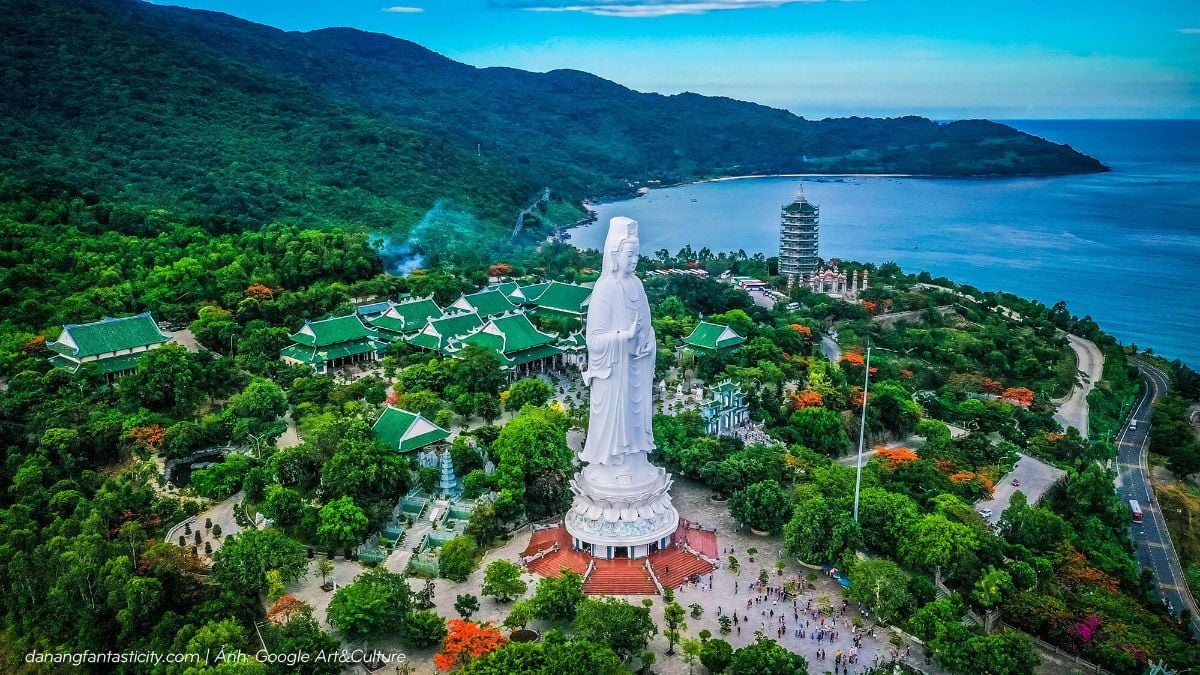
Conclusion
Vietnamese spirituality is not something that can be fully understood in a single visit or explained in simple terms. It’s a living, breathing cultural force that continues to inspire millions. It’s a lantern floating on a river, a bell ringing in a distant pagoda, an incense stick burning in quiet reverence.
To explore Vietnam through a spiritual lens is to walk not just through temples, but through thousands of years of history, belief, and human connection. It is a journey that enlightens both the traveler and the soul.
So come with an open heart, leave your shoes at the temple gate, and let the spirit of Vietnam guide you with Vietnam Culture.
See more post: Vietnamese dance: A vibrant journey through culture, rhythm, and heritage
